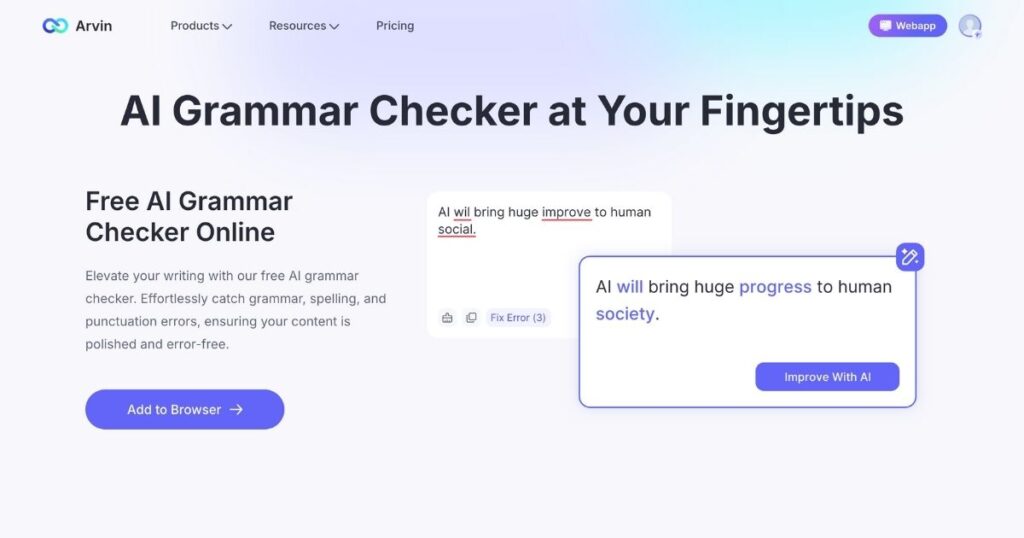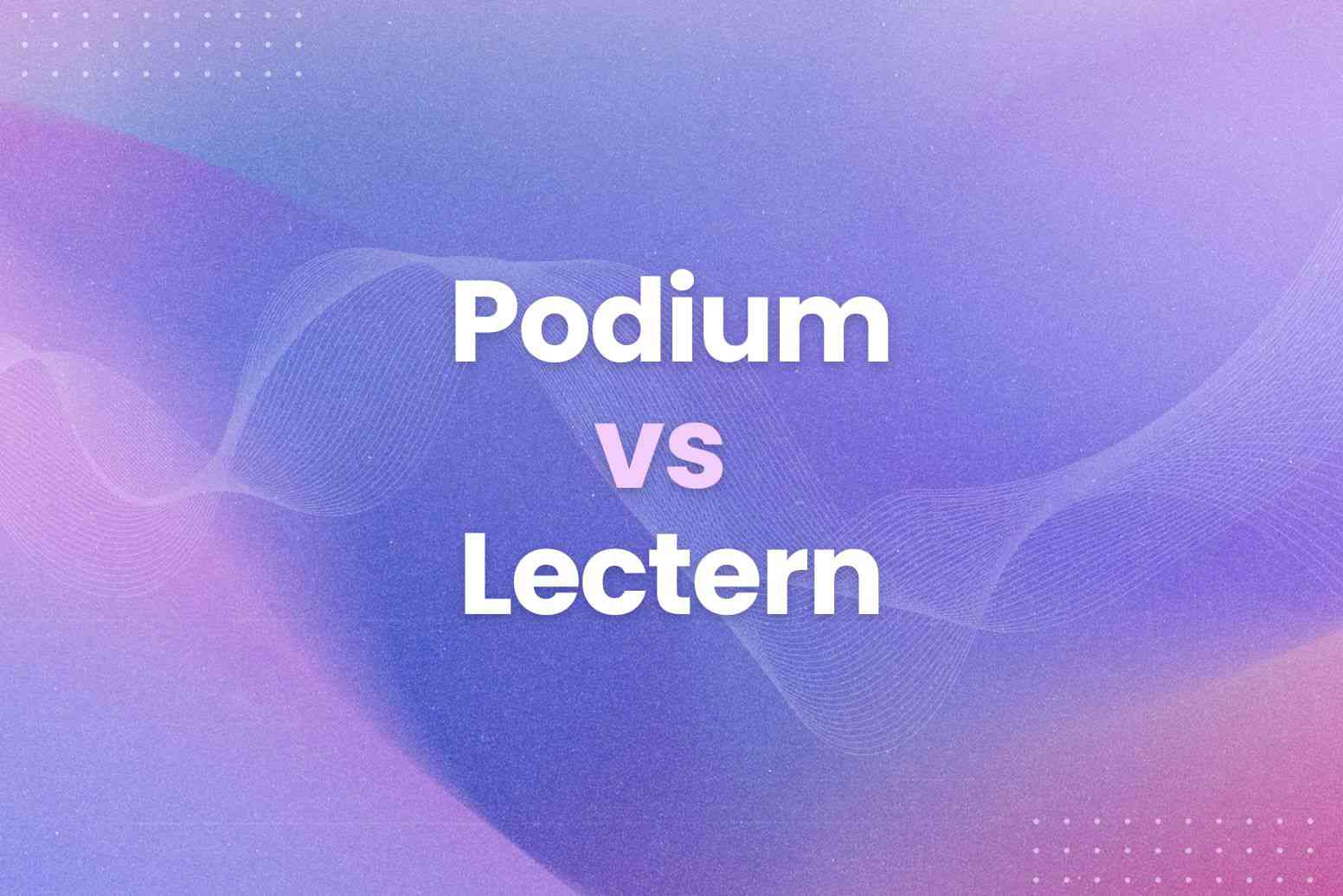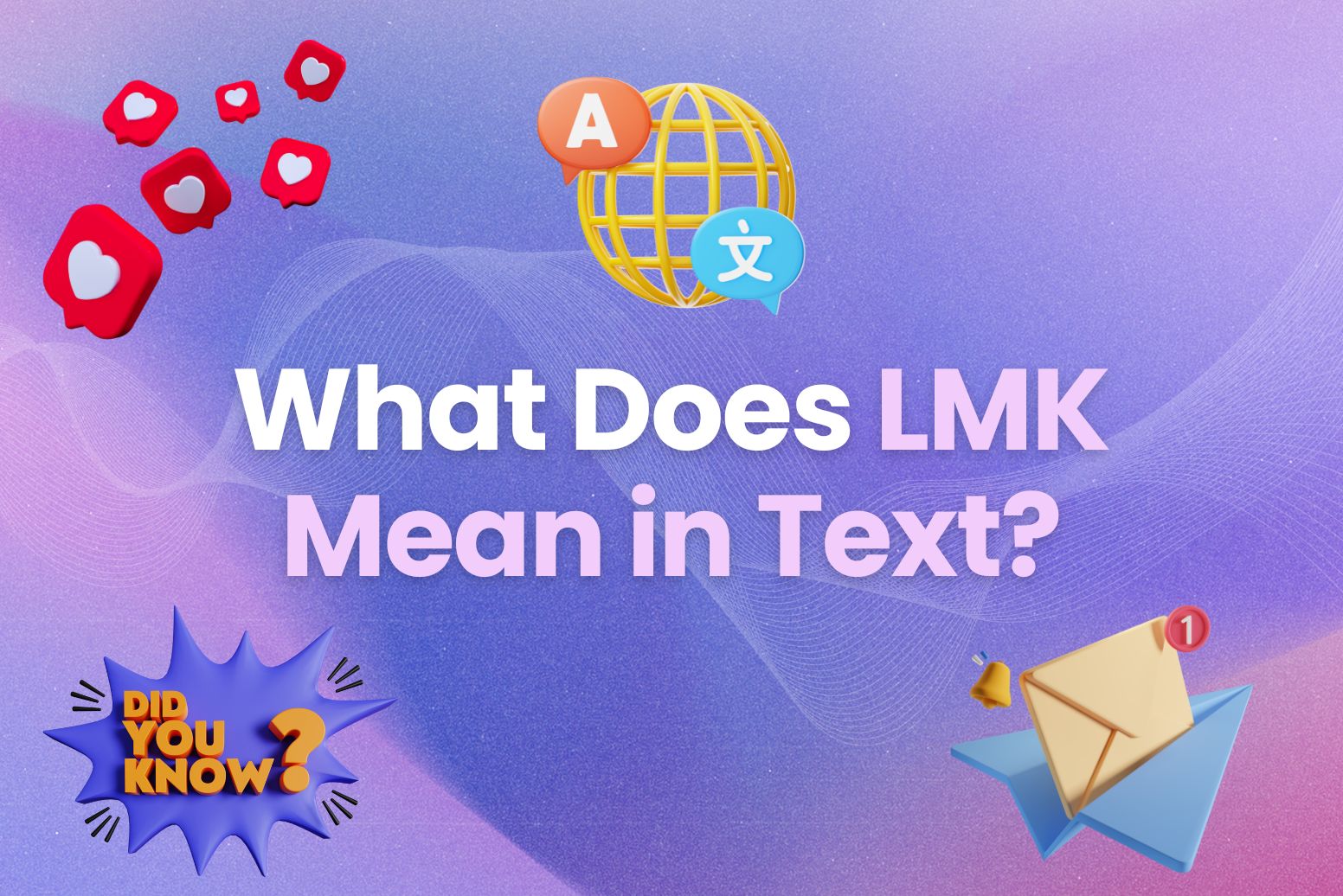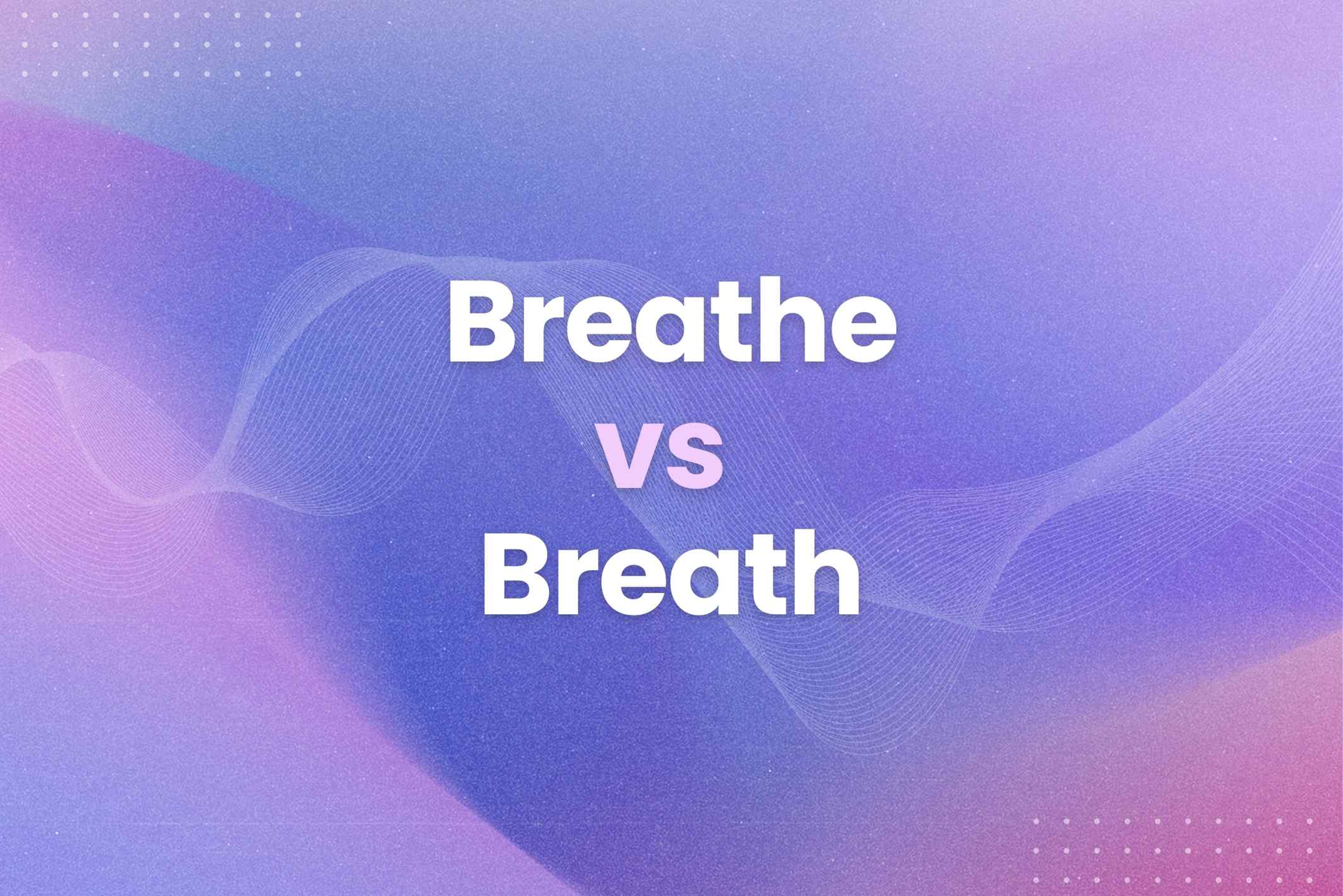Many people mix the terms podium vs lectern in public speaking. Though they look alike, they have rather different uses. Knowing the variations between the two will not only increase your vocabulary but also prevent typical errors in event or presentation planning. We shall define a podium, a lectern, and investigate their grammatical rules, pronunciation, historical background, and definition in this article. We will also offer samples, accurate and improper use guidelines, and useful advice on error avoidance.
What is a Podium?
A podium is a raised platform a speaker uses to be more easily seen by their listeners. Originally derived from the Latin word “podium,” meaning “foot,” the term was used historically in architecture to describe a platform or low wall acting as a foundation. Platforms for podiums could be official ones like public speeches, orchestral concerts, or award ceremonies.
Grammatical Use and Pronunciation
Grammatically, podium is a noun and is used in sentences as such. P podium is pronounced /ˈpoʊ.di.əm/. A simple example of its use would be:
- “The speaker stood proudly on the podium.”
What is a Lectern?
A lectern is a slanted-top reading desk used for note or book storage for a speaker. It lets the speaker stand and read her material. The word derives from the Latin “legere,” meaning “to read.” Lecterns are common in conferences, churches, or classrooms where speakers need somewhere to arrange their materials.
Grammatical Use and Pronunciation
Additionally, a noun is the word lectern, which is pronounced /ˈlek.tɚn/. One can see its application here:
- “She adjusted her notes on the lectern before beginning her speech.”
Historical Background and Context: Podium vs Lectern
Podiums and lecterns reveal their historical roots, which help clarify their different uses. Originally a podium was a Roman architectural element employed in the arena of amphitheaters. The lectern was more often found in religious and didactic contexts where speakers had to have a stable surface upon which to rest their reading materials.
Because the lectern has morphed over time to have adjustable height and built-in microphones. It’s extremely viable today for modern presentations. The problem of widespread confusion has arisen because people say ‘podium’ instead of ‘lectern’ in casual speech, especially in North America.
Common Usage and Errors: Podium vs Lectern
The words podium and lectern are oftentimes used synonymously so it’s easy to get them confused. However, the correct usage is straightforward:
- Podium: A platform you stand on.
- Lectern: A stand you speak from.
One error that happens, for no reason, is when somebody says, ‘The speaker is on the podium,’ when they are not, indeed, on the podium but on the podium’s lectern. This is an easy way of remembering the podium as it literally raises the speaker physically. And the lectern is pretty much the speaking material the speaker has.
Usage Examples Correct and incorrect of Podium vs Lectern
Let’s look at some examples to illustrate this point:
Correct
- “The conductor stood on the podium to lead the orchestra.”
- “The professor placed her notes on the lectern before starting her lecture.”
Incorrect
- “The speaker walked to the podium to adjust her notes.”(Unless the actual speaking stand is a raised platform, this should be a lectern, not a podium)
Contextual Differences of Podium vs Lectern
But what really counts is the context in which you use podium and lectern as these terms are appropriate in different situations. For instance, the podium is most commonly seen in settings where the elevation is required for instance in the case of an award ceremony or public speech when the speaker must be seen by a large crowd. A lectern, on the other hand, is more usual in classrooms, churches, or conferences where the speaker may want to have the surface to hold the note or book but doesn’t have to be elevated.
For example:
- In a classroom, context of the teacher, it is normal for a teacher to use a lectern as it is used to hold lesson notes.
- The valedictorian at a graduation may stand on a podium to address the graduating class.
To avoid confusion, remember:
- Podium = Stand on.
- Lectern = Stand behind.
Tips for Avoiding Mistakes
To avoid mixing up podium and lectern, keep these tips in mind:
- Visualize the action: Podiums are if someone is standing on something. If they’re near something and holding notes, it’s a lectern.
- Think about the setting: Classroom, churches, conferences, etc., lecterns are more common, while podiums are more common in larger public settings such as stages, auditoriums.
- Use Arvin AI for grammar assistance: In case of any doubt, Arvin AI’s grammar function helps you see if the usage is correct. Arvin will suggest improvements to your writing quickly and with the feeling of an internet user helping out fellow internet users. Arvin is an example of figuring out where the podium and lectern are used; you don’t have to make common mistakes.
Use Arvin AI to Improve Your Grammar
If you’re ever on the fence about using a podium or lectern, Arvin AI is here to help! This is where Arvin comes in meaning you can quickly check your grammar and ensure your writing is clear and correct with its grammar function. Arvin is available whether you’re writing a speech or an article to correct the grammar. Find out at Arvin’s Grammar Tool today!

Conclusion
Podium and lectern are frequently confused, but they have definite boundaries. A podium would stand for something that raises you up, a lectern would stand for that place that holds your speaking materials. The reminder of this difference can not only enhance your vocabulary but will also help you to speak well in a public event. If you’re not yet confident with your grammar, Arvin AI is a great tool to help you make sure you’re using the right term!
FAQs
A lectern is a stand you set notes or books on during a speech. A podium is a raised platform you stand on to be more visible.
Yes. You might stand on a podium and hold your notes on a lectern.
People sometimes get confused since they believe the lectern they stand behind is a podium. Particularly in North America, this error is rather common in casual speech.
At major events like concerts or award ceremonies when visibility is crucial, a podium is typical. In environments such as classrooms, religious services, or small conferences when notes or books are utilized, a lectern is more fitting.
The grammar feature of Arvin AI will enable you to spot and fix typical errors in your work, including proper word usage including that of podium and lectern.






